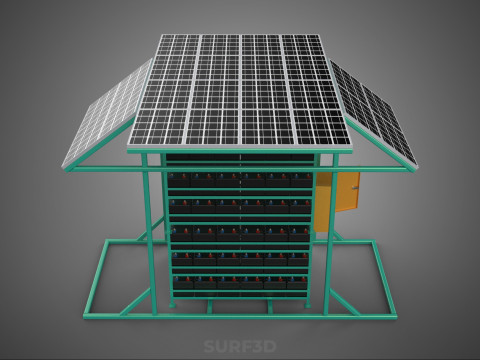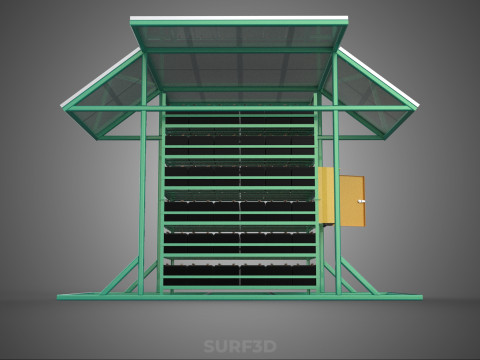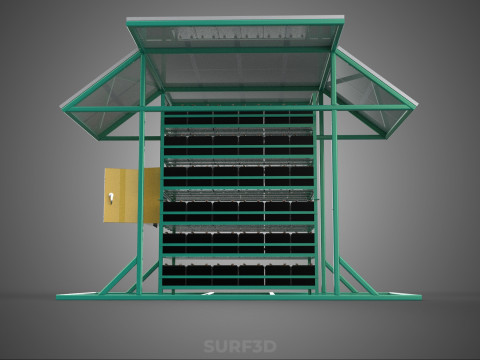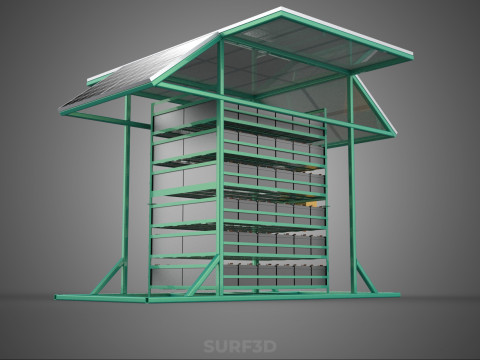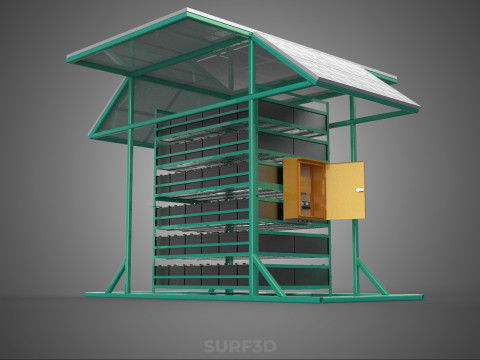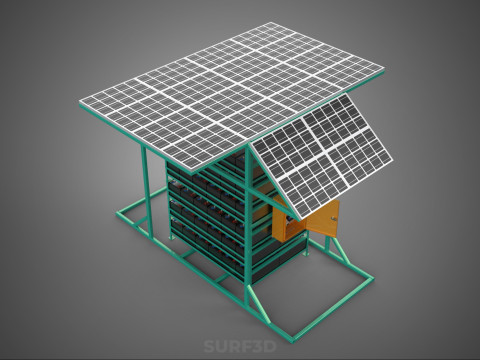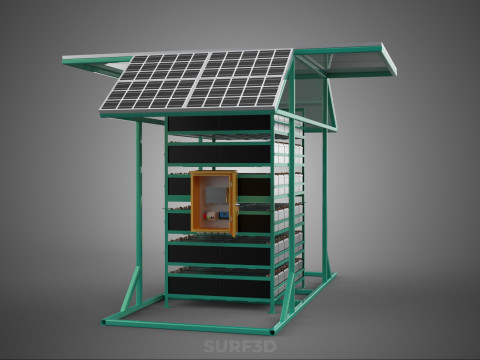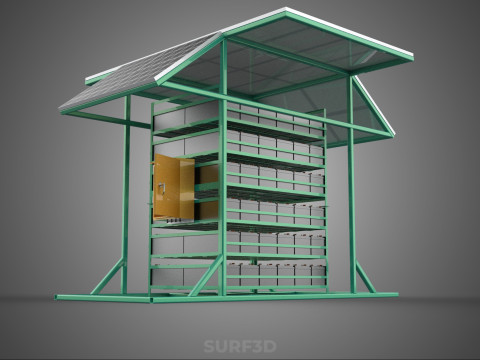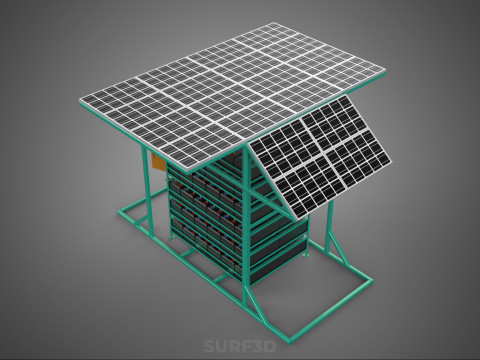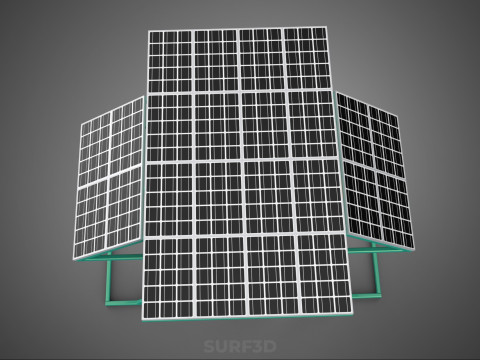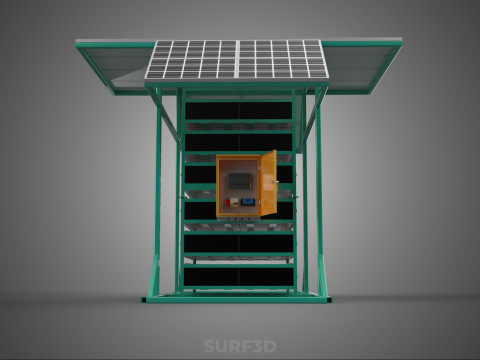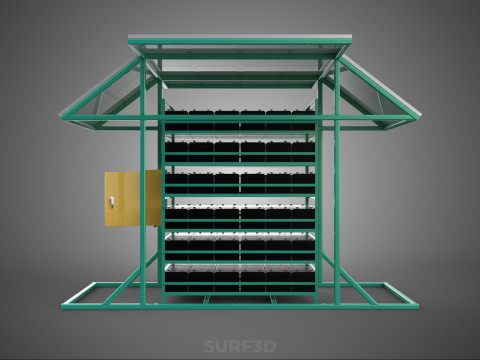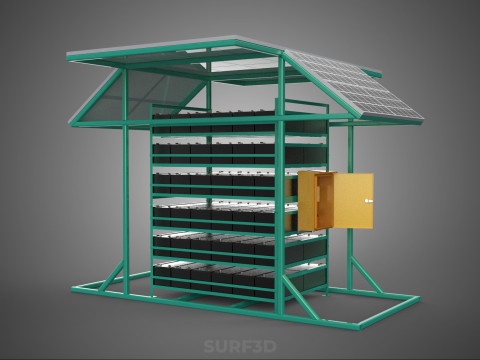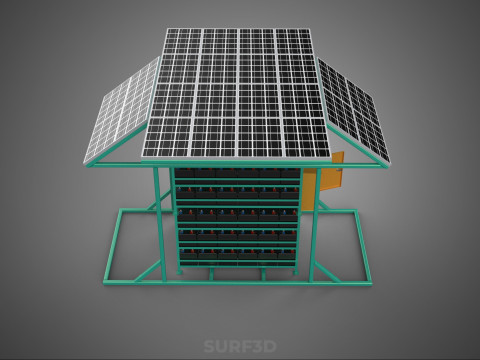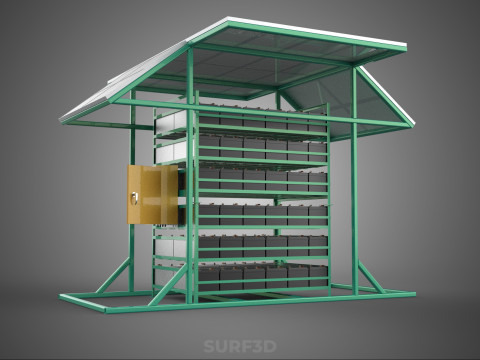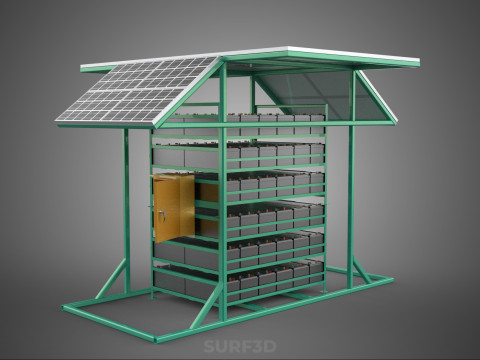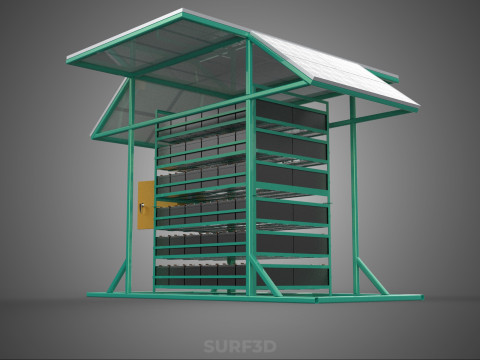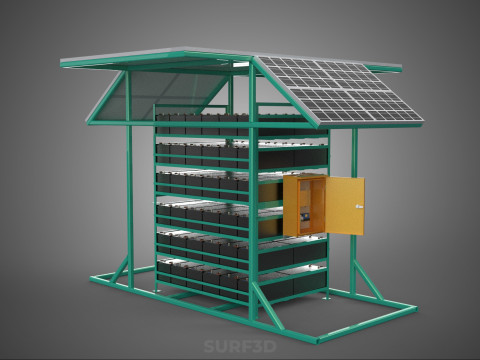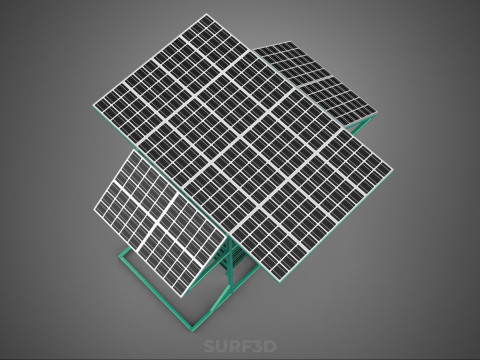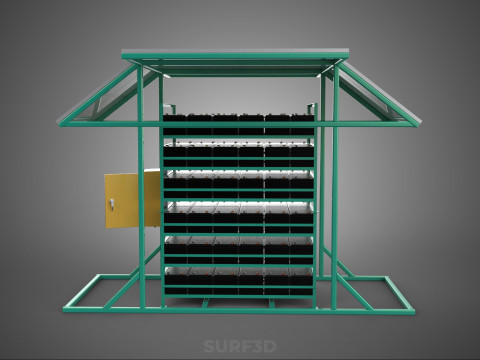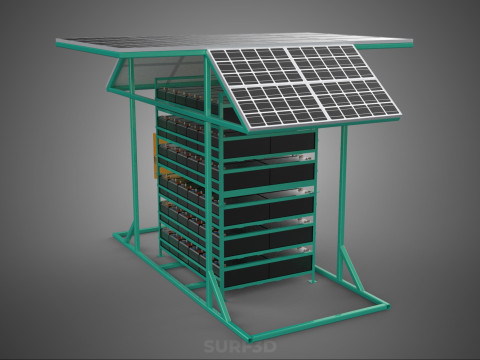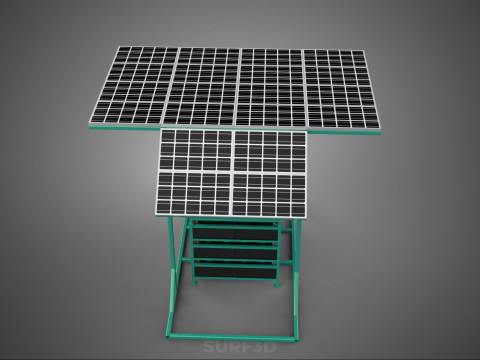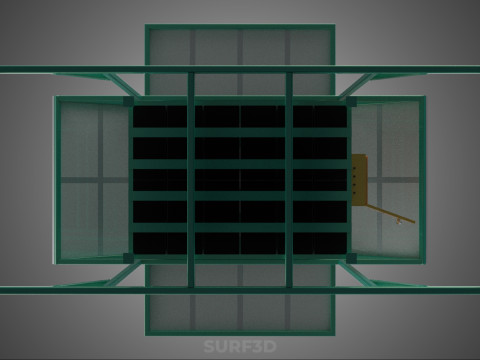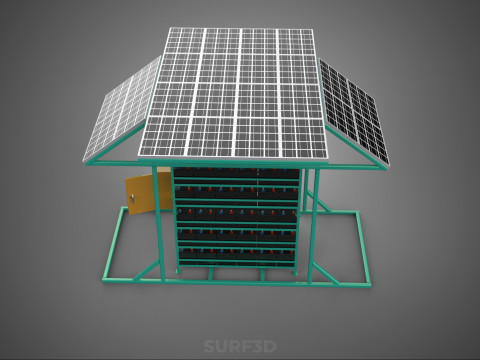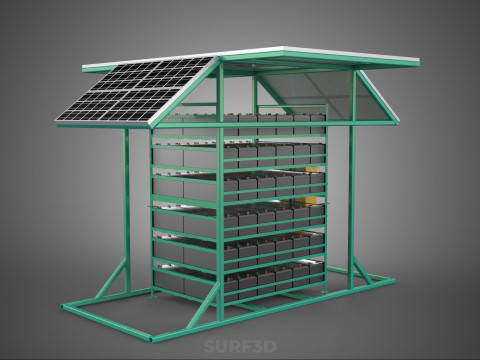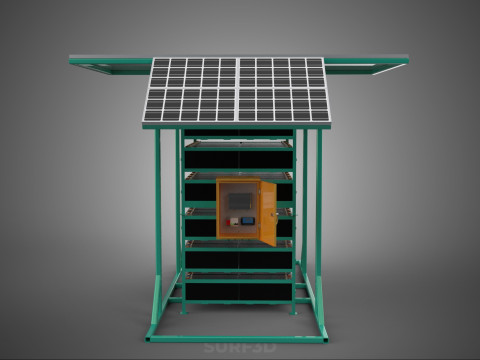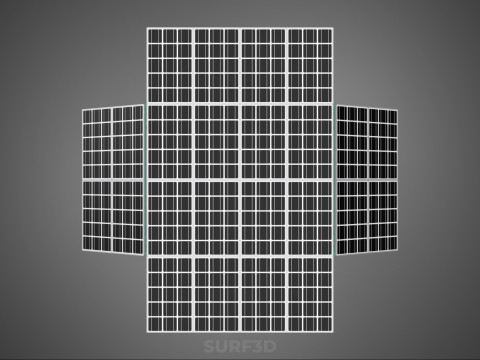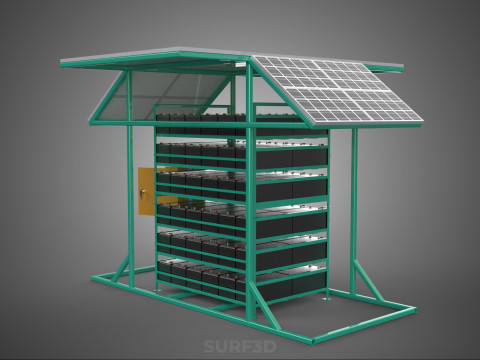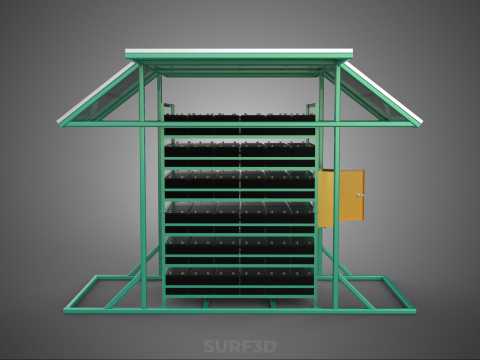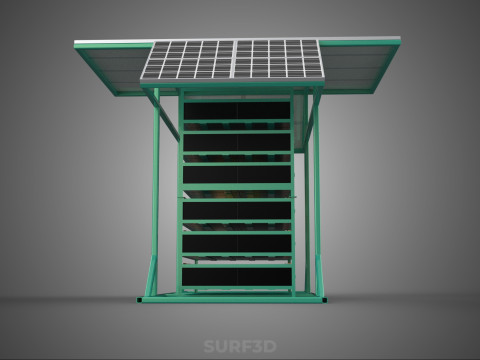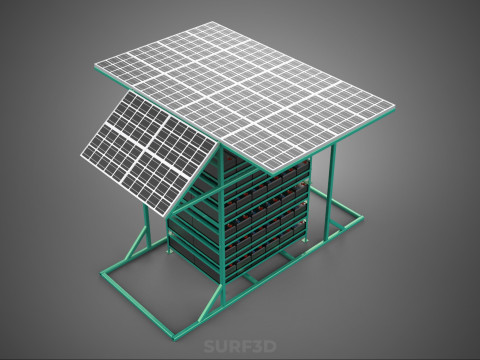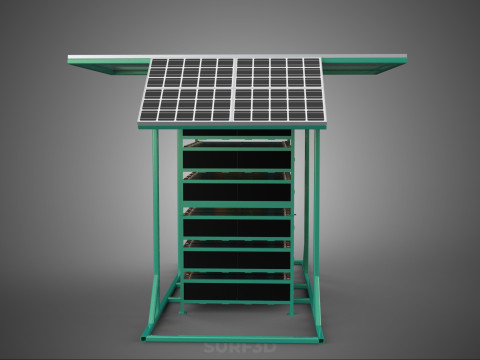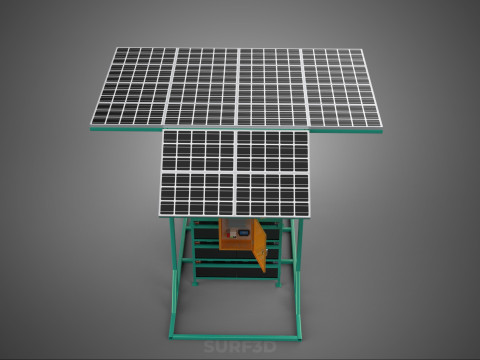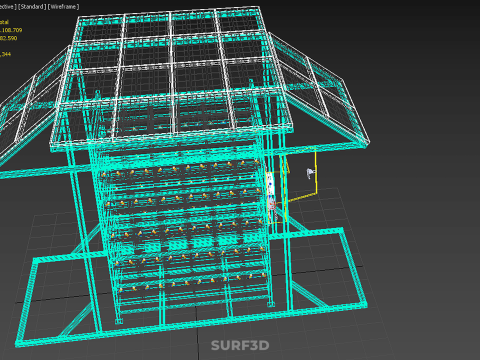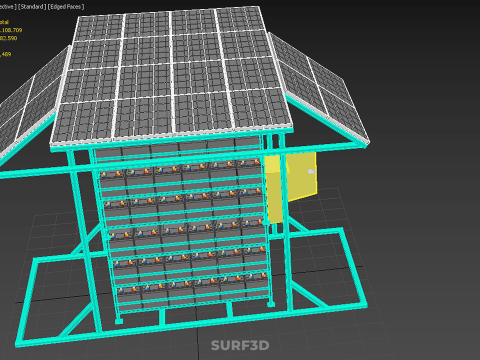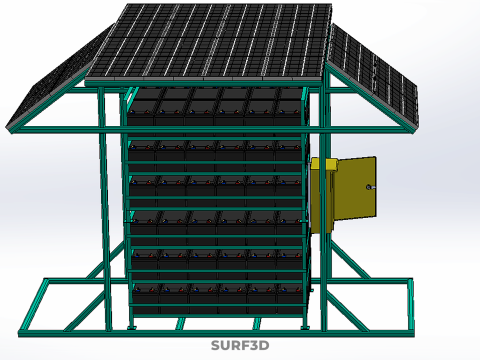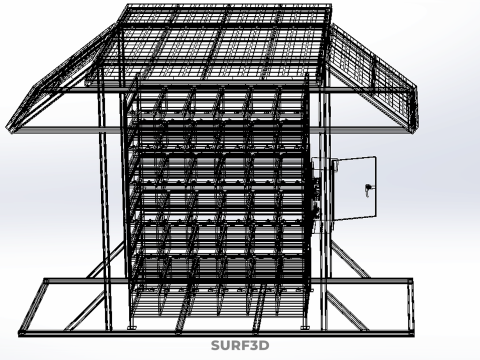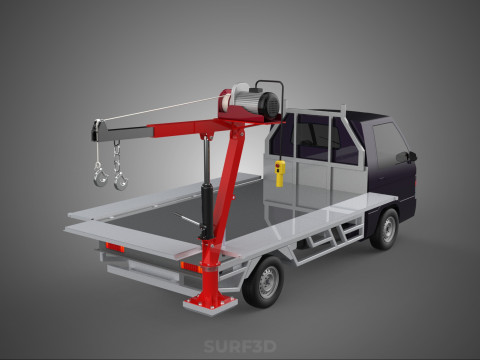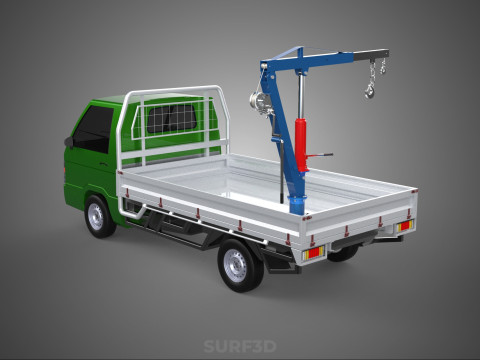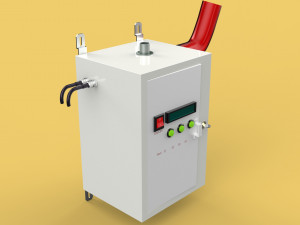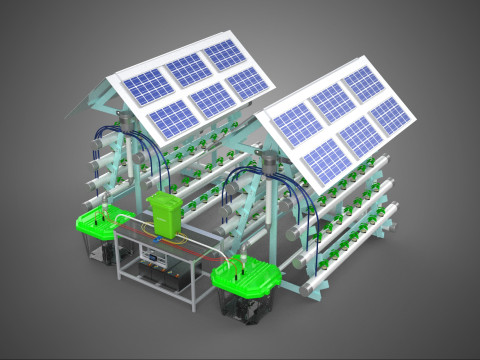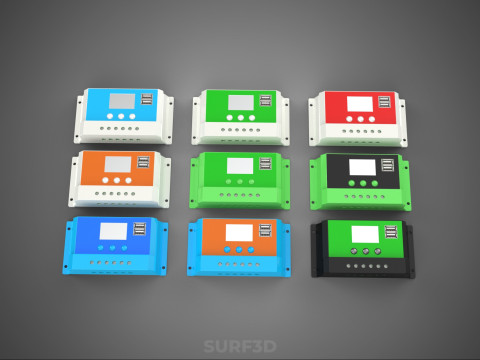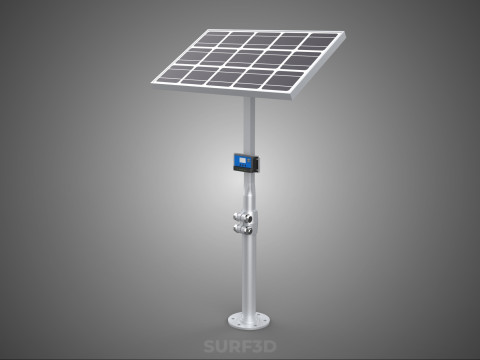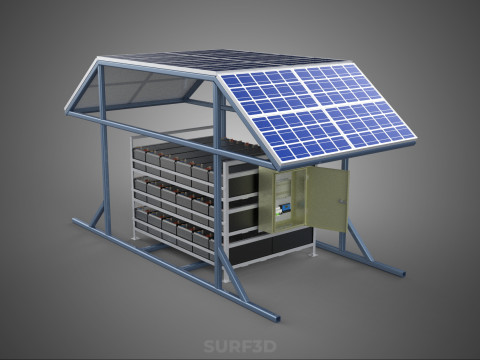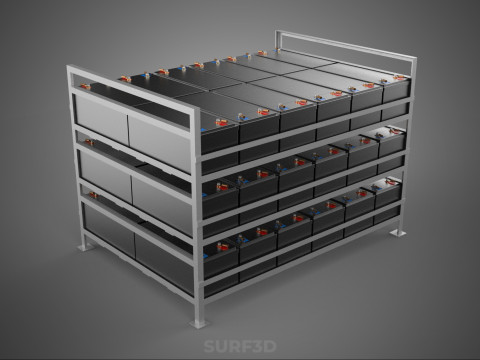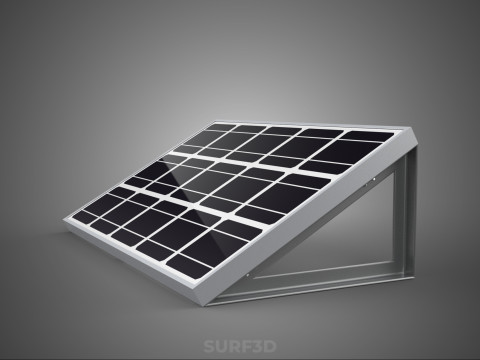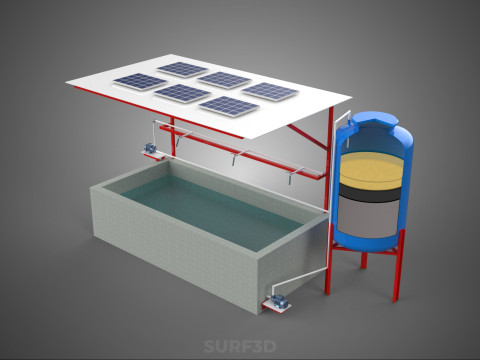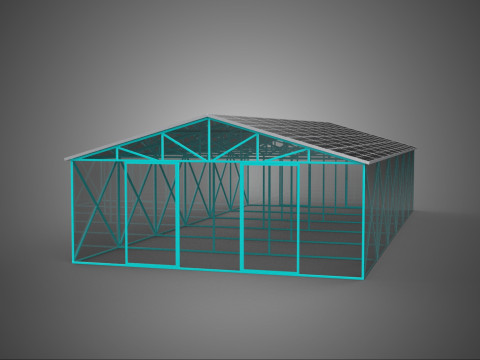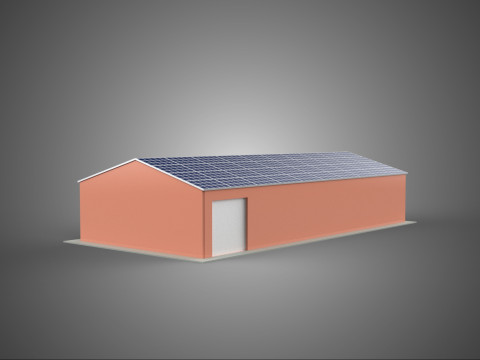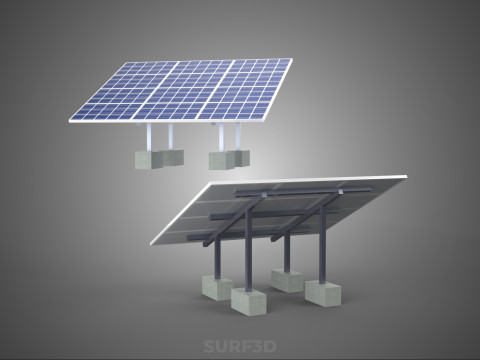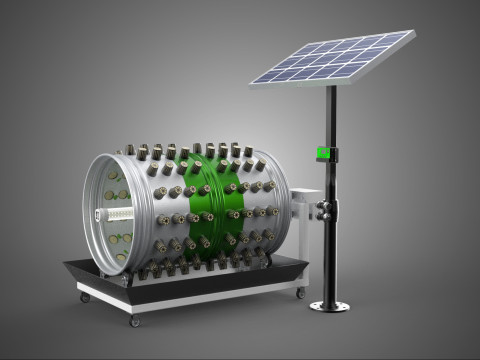GENSET OFF GRID SOLAR PANEL POWER SYSTEM GENERATOR SET BATTERY 3D Модель
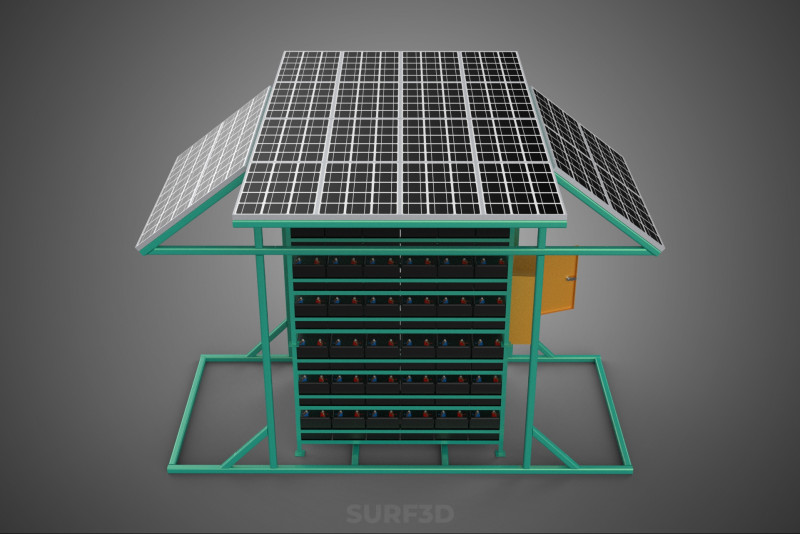
- Доступные форматы: Stereolithography (.stl) 11.63 MBGLB (.glb / .gltf) 4.63 MBBlender3D (.blend) 12.68 MBIGES (.iges) 2.49 MBAutodesk FBX (.fbx) 22.81 MBSketchUp (.skp) 1.63 MB3D Studio (.3ds) 4.37 MBRhinoceros (.3dm) 6.92 MBCollada (.dae) 9.63 MBSTEP (.step) 3.05 MBWavefront OBJ (.obj) 12.02 MBAutodesk AutoCAD (.dwg) 6.82 MBACIS(.sat) 11.94 MBAutodesk 3DS MAX (.max) 23.91 MB
- Полигоны:1108709
- Вершины:982590
- Анимированная:No
- Текстуры:No
- Скелет:No
- Материалы:
- Лоу-поли:No
- Коллекция:No
- UVW mapping:No
- Плагины:No
- Для печати:No
- 3D Скан:No
- Контент для взрослых:No
- PBR:No
- AI Обучение:No
- Геометрия:Poly NURBS
- Unwrapped UVs:Unknown
- Просмотры:167
- Дата: 2025-09-04
- ID Продукта:596877
High-quality 3D assets at affordable prices — trusted by designers, engineers, and creators worldwide. Made with care to be versatile, accessible, and ready for your pipeline.
Included File Formats
This model is provided in 14 widely supported formats, ensuring maximum compatibility:
• - FBX (.fbx) – Standard format for most 3D software and pipelines
• - OBJ + MTL (.obj, .mtl) – Wavefront format, widely used and compatible
• - STL (.stl) – Exported mesh geometry; may be suitable for 3D printing with adjustments
• - STEP (.step, .stp) – CAD format using NURBS surfaces
• - IGES (.iges, .igs) – Common format for CAD/CAM and engineering workflows (NURBS)
• - SAT (.sat) – ACIS solid model format (NURBS)
• - DAE (.dae) – Collada format for 3D applications and animations
• - glTF (.glb) – Modern, lightweight format for web, AR, and real-time engines
• - 3DS (.3ds) – Legacy format with broad software support
• - 3ds Max (.max) – Provided for 3ds Max users
• - Blender (.blend) – Provided for Blender users
• - SketchUp (.skp) – Compatible with all SketchUp versions
• - AutoCAD (.dwg) – Suitable for technical and architectural workflows
• - Rhino (.3dm) – Provided for Rhino users
Model Info
• - All files are checked and tested for integrity and correct content
• - Geometry uses real-world scale; model resolution varies depending on the product (high or low poly)
• • - Scene setup and mesh structure may vary depending on model complexity
• - Rendered using Luxion KeyShot
• - Affordable price with professional detailing
Buy with confidence. Quality and compatibility guaranteed.
If you have any questions about the file formats, feel free to send us a message — we're happy to assist you!
Sincerely,
SURF3D
Trusted source for professional and affordable 3D models.
More Information About 3D Model :
A **solar-powered generator with integrated battery storage**, often referred to simply as a **solar generator** or **portable power station**, is an electrical system designed to convert solar radiation into usable electrical energy and store it for later consumption. Unlike traditional generators that rely on internal combustion engines and fossil fuels, this system operates silently and produces zero direct emissions, leveraging photovoltaic technology as its primary energy source.
**Nomenclature and Function:**
The term "generator" in this context refers to a complete power system rather than a device that mechanically converts motion into electricity. Its core function is to capture solar energy via photovoltaic (PV) panels, convert it into direct current (DC) electricity, store this energy in a battery bank, and then deliver it as either alternating current (AC) or direct current (DC) through various output ports to power electronic devices and appliances.
**Key Components and Operational Principle:**
The architecture of a solar-powered generator comprises several essential components working in unison:
1. **Solar Photovoltaic (PV) Panels:** These are the primary energy collection units. Composed of semiconductor materials (e.g., silicon), they absorb photons from sunlight, generating a flow of electrons, thereby producing DC electricity through the photovoltaic effect. Panels can be monocrystalline, polycrystalline, or thin-film, varying in efficiency and form factor.
2. **Charge Controller:** This crucial component manages the flow of electricity from the solar panels to the battery pack. It regulates the voltage and current, preventing overcharging and deep discharging, which can significantly extend the battery's lifespan. Modern systems often employ Maximum Power Point Tracking (MPPT) charge controllers, which optimize power harvest from the PV panels under varying conditions.
3. **Battery Pack:** The heart of the storage system, the battery pack stores the DC electricity generated by the solar panels. Common battery chemistries include Lithium Iron Phosphate (LiFePO4) for its long cycle life and safety, or Nickel Manganese Cobalt (NMC) for higher energy density. The capacity of the battery pack, measured in Watt-hours (Wh) or Kilowatt-hours (kWh), dictates how much energy can be stored and subsequently delivered.
4. **Inverter:** To power most standard household appliances and electronics, the stored DC electricity from the battery needs to be converted into AC electricity. An inverter performs this conversion. High-quality systems typically utilize "pure sine wave" inverters, which produce a waveform identical to grid power, making them safe for sensitive electronics.
5. **Output Ports:** The system is equipped with various output interfaces to deliver power. These typically include standard AC outlets (e.g., Schuko, NEMA 5-15R), DC ports (such as USB-A, USB-C Power Delivery for charging mobile devices), and 12V car-style outlets.
6. **Monitoring System:** An integrated display or application provides real-time data on battery status, power input from panels, power output to devices, and system diagnostics.
7. **Enclosure:** A protective and often portable casing houses all internal components, ensuring durability and ease of transport.
The operational sequence begins with solar panels capturing sunlight and converting it into DC electricity. This DC power is then routed through the charge controller, which regulates it before it enters the battery pack for storage. When power is required, the stored DC energy is drawn from the battery. If AC power is needed, the inverter transforms the DC into AC, which is then made available through the AC outlets. For DC-compatible devices, power is supplied directly through DC ports.
**Advantages:**
* **Environmental Sustainability:** Operates with zero direct carbon emissions, significantly reducing environmental impact compared to fossil fuel generators. It utilizes a clean, renewable energy source.
* **Silent Operation:** Lacks moving parts like engines, resulting in virtually silent operation, making it ideal for quiet environments, indoor use, or noise-sensitive applications.
* **Low Maintenance:** Requires minimal maintenance compared to internal combustion generators, which need fuel, oil changes, and spark plug replacements.
* **Portability and Versatility:** Many models are designed to be portable, offering flexibility for off-grid living, camping, outdoor events, and emergency backup power.
* **Fuel Independence:** Eliminates the need for costly and inconvenient fuel procurement and storage.
* **Safety:** Reduced fire hazards compared to gasoline generators, and no exhaust fumes containing carbon monoxide.
**Disadvantages and Limitations:**
* **Initial Cost:** The upfront investment can be higher than that of a comparable fossil fuel generator, though long-term operating costs are significantly lower.
* **Sunlight Dependency:** Performance is directly reliant on the availability and intensity of sunlight, meaning output can be reduced on cloudy days or at night.
* **Charging Time:** Recharging solely via solar panels can be slower than refueling a gasoline generator, especially with smaller panel arrays or suboptimal sunlight.
* **Weight and Size:** The battery pack contributes significantly to the overall weight and bulk, particularly in higher capacity units.
* **Efficiency Losses:** Energy conversion processes (panels, charge controller, inverter) incur some efficiency losses.
**Applications:**
Solar-powered generators find extensive utility across various sectors:
* **Off-Grid Living:** Providing primary power for remote cabins, RVs, and tiny homes.
* **Emergency Preparedness:** Serving as a reliable backup power source during grid outages, natural disasters, or remote work.
* **Recreational Use:** Powering electronics, lights, and small appliances during camping, boating, or outdoor events.
* **Mobile Workstations:** Supporting tools and equipment in locations without grid access.
Если вам необходим другой формат, пожалуйста, сделайте запрос при помощи тикета поддержки. Мы можем cконвертировать 3D модели в такие форматы: .stl, .c4d, .obj, .fbx, .ma/.mb, .3ds, .3dm, .dxf/.dwg, .max. .blend, .skp, .glb. Мы не конвертируем 3d сцены и такие форматы, как .step, .iges, .stp, .sldprt и т. д.!


 English
English Español
Español Deutsch
Deutsch 日本語
日本語 Polska
Polska Français
Français 中國
中國 한국의
한국의 Українська
Українська Italiano
Italiano Nederlands
Nederlands Türkçe
Türkçe Português
Português Bahasa Indonesia
Bahasa Indonesia Русский
Русский हिंदी
हिंदी